Ansell Lighting Luminaires
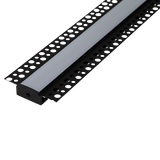

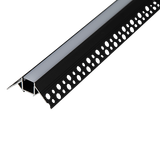
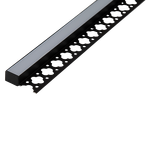
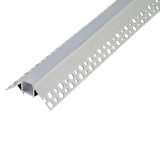

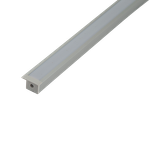
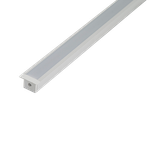
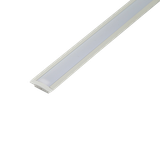
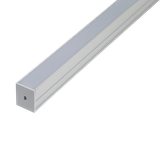

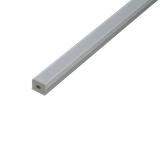



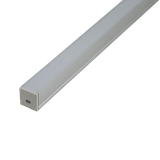

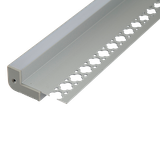

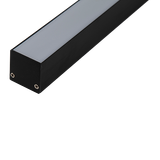

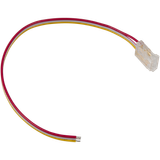

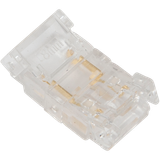





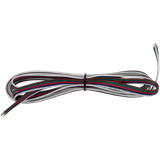
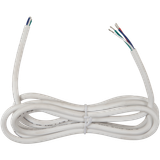
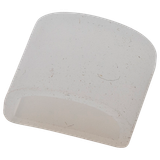



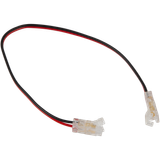







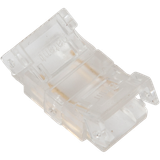

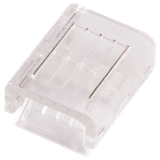

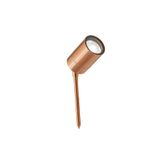

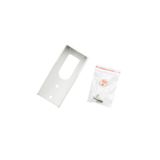

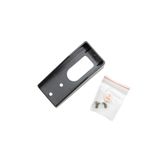
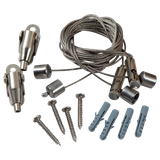


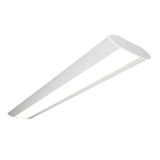

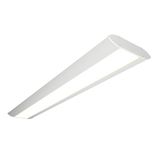
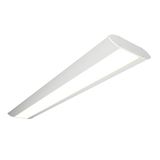
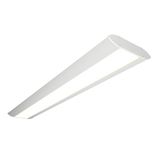
Role and Significance of Ansell LED Luminaires
Ansell LED luminaires convert electric energy into controlled optical output in interiors, exteriors, or decorative contexts. They bridge the gap between raw LED modules and usable lighting, integrating optics, thermal systems, and control. In real projects, the choice of luminaire affects uniformity, glare control, maintenance cycles, and integration with controls. Whether you specify an Ansell exterior luminaires for façade lighting or an Ansell interior luminaires in corridors, you must consider environment, mounting conditions, and lifecycle cost, not just wattage.
Design Principles of Ansell Lighting Fixtures
The internal architecture of Ansell lighting fixtures is driven by three constraints: manage heat, protect optics, and support modular service. Housing is usually extruded or die-cast aluminum with fins or ribs to dissipate LED junction heat. The driver is thermally decoupled and mounted on a separate compartment to avoid heating optical elements. Seals and gaskets (EPDM or silicone) ensure IP-rated ingress protection; many exterior models aim for IP65 or better.
Optics use injection-molded PMMA, polycarbonate, or glass, with coatings or diffusers to control beam shape and reduce glare (UGR, cut-off angles). In decorative luminaires, translucent materials or opal diffusers may be used, trading some efficiency for aesthetics. For Ansell modern luminaires, design often includes lines, patterns, accent lighting, and mixed beam control.
Electrical connections use quick-disconnect terminals or Zhaga style connectors in smart-ready models. The modularity allows field replacement of optic or driver modules without replacing the full housing — a major advantage in long-life infrastructure.On real-world projects, contractors rarely treat portable and work lighting as an afterthought. Battery-powered and emergency fixtures from duracell luminaires are often used as a backup layer in houses, small businesses and service areas – for example, to keep escape routes, staircases or temporary work zones illuminated during power cuts or maintenance. This reduces downtime and makes it easier to keep basic operations running even when the mains supply is unstable.
For permanent interior lighting in kitchens, living rooms, cafés and reception areas, many installers specify cristalrecord luminaires, combining ceiling fixtures, wall lights and spots to build a complete ambient and accent scheme from one brand. When the project extends to workshops, garages, warehouses or construction sites, robust floodlights and worklights from brennenstuhl luminaires usually cover the heavy-duty tasks – with higher output, impact-resistant housings and mounting options that stand up to dust, vibration and rough handling.
Variants: Interior, Exterior, Decorative, Modern
Ansell offers multiple families:
- Ansell interior luminaires: downlights, panel lights, linear strips. Designed for controlled environments — no extreme moisture, dust, or impact stress. You can use CCT selectable or tunable white options.
- Ansell exterior luminaires: floodlights, wall-packs, linear façade lights, bollards. These need robust sealing, UV-resistant materials, and ability to perform under temperature swings.
- Ansell decorative luminaires: designs for aesthetic appeal — custom forms, ambient glow, architectural integration. These may sacrifice some optical efficiency but serve design goals.
- Ansell LED luminaires: general umbrella term — all above use LED sources, but pay attention to LED binning, color stability, lumen maintenance, and drivers.
- Ansell designer luminaires: premium lines that focus on form and light art, often for showrooms, hospitality, galleries.
Each variant trades off among efficiency, aesthetics, ingress protection, serviceability, and cost. For example, a decorative pendant may not be appropriate in a washdown exterior zone; likewise, an exterior floodlight lacks the low-glare precision optics needed inside.
Performance, Efficiency, and Standards
Key performance metrics you must check:
- Luminous efficacy (lm/W) — real delivered lumens divided by input watts. Many Ansell LED luminaires achieve 110–150 lm/W or more in ideal conditions.
- Lumen maintenance curve (L70, L80) — how output decays over time. A luminaire rated L80 @ 100,000 h means it retains ≥80 % output at that runtime.
- Color temperature and CRI / CCT consistency — for interior and decorative lighting, ≤ 3 SDCM or ≤ 4-step MacAdam ellipses preferred.
- UGR / Glare ratings — particularly for interior luminaires in workspaces, retail, corridors.
- Ingress Protection (IP) & Impact (IK) ratings — exterior units often require IP65–IP66 and IK07–IK10.
- Thermal management and ambient rating — many fixtures are tested for certain ambient temperatures (e.g. Ta 25 °C, Ta 35 °C). If your location has high heat, you must derate or choose higher class.
- Certifications / Compliance — check for CE, ENEC, LIAQA, photometric test reports (IES/LDT files), EMC, safety standards. Ansell maintains testing facilities.
One example: the Ansell ATORPLED5 Luminaire is a slim LED unit with 29 W input, ~3,209 lumens output, IP65 protection, and quick-release gear tray for easier maintenance.
Also, Ansell offers LED downlights with ultra-low profiles (85 × 57 mm, 5 W) for interior fit-ins.
Installation and Integration Tips
- Mounting orientation matters. For flood, façade, and exterior, ensure the lens tilt and bracket alignment match desired beam coverage. Misalignment leads to hot spots or dark zones.
- Cable entry and weather sealing. Use gland entries and stress relief. Never assume external insulation will last forever — check for UV damage.
- Control wiring. In smart-ready Ansell LED luminaires, drivers may accept 0–10 V, DALI, or proprietary control (e.g. OCTO system). Ensure control network voltage drop and wiring topology (star, daisy chain) support your layout.
- Photometric files. Always request .IES / .LDT files before installation to run lighting simulations (e.g. in DIALux or Relux). Ansell is a DIALux gold member and provides relevant files
- Thermal clearance. Outdoor or recessed fixtures need clearance behind them — insulation must not block heat flow.
- Grouping and zone controls. For decorative or modern luminaires in zones, tie the lighting circuits into dimming zones or scenes (e.g. lobby, corridor, accent). The luminaire should support grouping without flicker across transitions.
Maintenance, Failure Modes, and Lifecycle
Common failure modes:
- Driver failure (capacitor wear, thermal stress)
- Connector corrosion or loosening
- Seals failing (leading to moisture ingress)
- Lens discoloration (yellowing, crazing)
- Thermal fatigue affecting solder joints
To mitigate:
- Use modular drivers and replacements that field-replace optics/drivers independently
- Schedule periodic inspections: check torque on terminals, clean lens surfaces, inspect gaskets
- Keep spare modules for high-use or critical zones
- Monitor luminance decay using periodic photometric checks (if possible)
- In harsh climates, prefer models with higher ambient rating or built-in thermal derating
With proper installation and maintenance, many Ansell lighting fixtures can reliably reach 15–20 years or more, provided LED binning and materials are stable.
Selection & Procurement Guidelines
When specifying or procuring:
- Define the use case boundary: interior corridor, exterior façade, decorative lobby — this defines IP/IK, optics, and lumen target.
- Set target illuminance and spacing via simulation; then pick the luminaire that meets it with efficient usage.
- Check driver control types — if your system uses DALI or smart network (OCTO), get compatible units.
- Supplier data — demand full data packs: IES/LDT, photometric test reports, thermal curves, environmental qualification, warranty.
- Spares planning — order 10–15 % over project count, but ensure modular interchangeable parts to reduce stock variety.
- Longevity over upfront cost — a cheaper fixture with weak thermal design may save now but cost more in replacement, failure, and downtime.
Distribution and Technical Support via Bank of Lamps
Bank of Lamps handles full distribution of Ansell lighting luminaires across Europe with technical support embedded in procurement. We maintain warehouse stock in Latvia, offer bulk-project pricing, and provide traceable technical datasheets, certificates, and batch IDs.
We offer engineering consultation during design stage (optics matching, control integration) so you avoid mismatches or reorders. Shipping is consolidated to UK, Germany, Netherlands, France, Spain, Belgium, Baltics. Payment terms (including post-payment for qualified partners) are available.